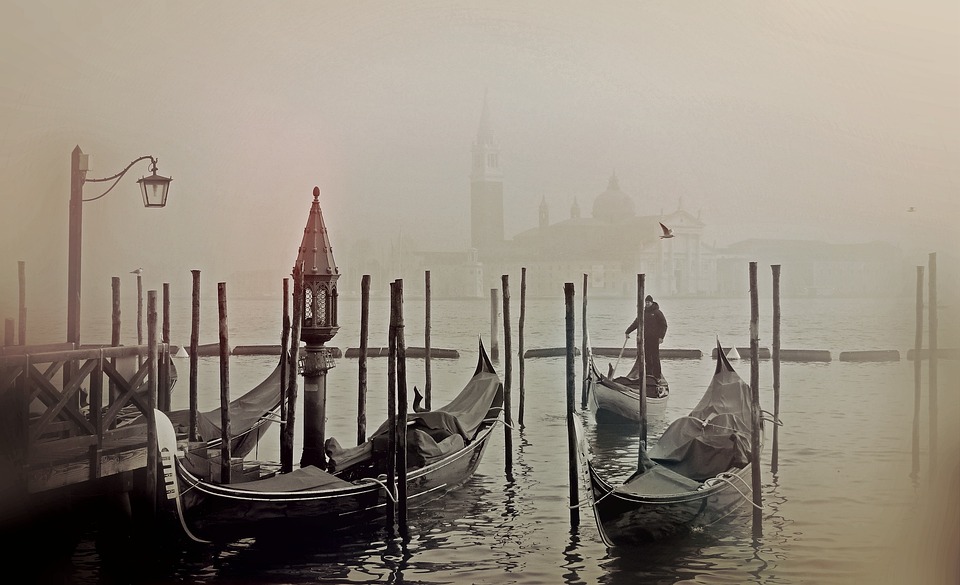The Intersection of Cultural Heritage and Historical Integrity
Cultural heritage and historical integrity are two concepts that are closely intertwined, yet often perceived as separate entities. Cultural heritage refers to the legacy of physical artifacts and intangible aspects of a society that are inherited from past generations, while historical integrity refers to the preservation and protection of the historical accuracy and authenticity of a site or artifact. When these two concepts intersect, it creates a dynamic relationship that can greatly influence the understanding and appreciation of our shared history.
Preservation of Cultural Heritage
Preservation of cultural heritage is essential in maintaining the identity and values of a society. It encompasses not only the physical artifacts such as buildings, monuments, and documents, but also the intangible aspects such as traditions, languages, and beliefs. These cultural heritage elements provide a window into the past and help us understand how societies have evolved over time.
One of the key challenges in preserving cultural heritage is striking a balance between conservation efforts and allowing for the evolution and adaptation of these artifacts in the modern world. For example, many historical sites have been repurposed for commercial use or renovated to suit modern standards, which can sometimes compromise their historical integrity. Finding a way to preserve these sites while also making them accessible and relevant to contemporary audiences is an ongoing challenge for cultural heritage preservationists.
Historical Integrity and Authenticity
Historical integrity refers to the accurate representation of a historical site or artifact, both in terms of its physical condition and the narrative it presents. This includes maintaining the original materials and architectural features of a building, as well as ensuring that the historical context and significance of the artifact are accurately portrayed.
When historical integrity is compromised, it can distort our understanding of the past and diminish the value of the site or artifact. For example, if a historical site is renovated to the point where it no longer resembles its original form, visitors may have a skewed perception of its historical significance. Similarly, if the historical narrative presented at a museum or cultural institution is inaccurate or biased, it can perpetuate misconceptions and myths about the past.
The Intersection of Cultural Heritage and Historical Integrity
When cultural heritage and historical integrity intersect, it creates a powerful synergy that enhances our understanding and appreciation of our shared history. By preserving the physical artifacts and intangible aspects of a society in their original form and context, we can ensure that future generations have a true representation of our cultural heritage.
One example of this intersection is the preservation of ancient ruins such as Machu Picchu in Peru or the Great Wall of China. These sites have been carefully protected and maintained to ensure their historical integrity, while also being made accessible to visitors from around the world. By experiencing these sites in their original state, visitors can gain a deeper appreciation of the cultures and societies that created them.
Another example is the restoration of historical buildings and monuments in cities across the world. By preserving the architectural features and materials of these structures, while also adapting them for modern use, we can ensure that they remain relevant and meaningful to contemporary audiences. This balance between preservation and adaptation is essential in maintaining the historical integrity of these sites.
Challenges and Opportunities
While the intersection of cultural heritage and historical integrity offers many benefits, it also presents challenges and opportunities for conservationists and historians. One of the main challenges is ensuring that preservation efforts are sustainable and inclusive, taking into account the needs and perspectives of diverse communities.
Additionally, there are opportunities for innovation and collaboration in the field of cultural heritage conservation. By leveraging new technologies such as virtual reality and 3D modeling, conservationists can create immersive experiences that bring historical sites and artifacts to life for a global audience. Collaborating with local communities and indigenous groups can also help ensure that cultural heritage preservation efforts are respectful and inclusive of diverse perspectives.
In conclusion, the intersection of cultural heritage and historical integrity is a complex and dynamic relationship that plays a crucial role in preserving our shared history. By striking a balance between preservation and adaptation, we can ensure that future generations have a true representation of our cultural heritage and a deeper understanding of the societies that came before us. As we continue to navigate the challenges and opportunities of this intersection, it is essential that we remain committed to safeguarding our cultural heritage for generations to come.
